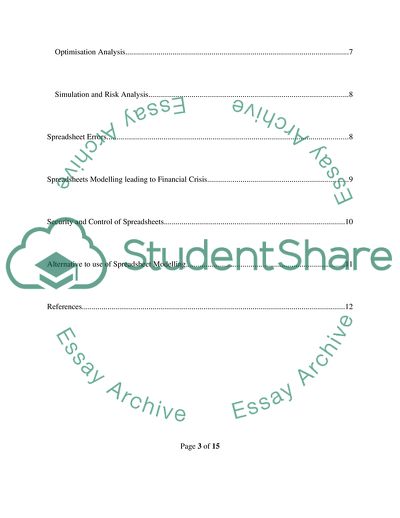Cite this document
(Giving a critique of the usefulness of spreadsheet modelling in Essay, n.d.)
Giving a critique of the usefulness of spreadsheet modelling in Essay. https://studentshare.org/finance-accounting/1769862-giving-a-critique-of-the-usefulness-of-spreadsheet-modelling-in-financial-accounting-and-reporting
Giving a critique of the usefulness of spreadsheet modelling in Essay. https://studentshare.org/finance-accounting/1769862-giving-a-critique-of-the-usefulness-of-spreadsheet-modelling-in-financial-accounting-and-reporting
(Giving a Critique of the Usefulness of Spreadsheet Modelling in Essay)
Giving a Critique of the Usefulness of Spreadsheet Modelling in Essay. https://studentshare.org/finance-accounting/1769862-giving-a-critique-of-the-usefulness-of-spreadsheet-modelling-in-financial-accounting-and-reporting.
Giving a Critique of the Usefulness of Spreadsheet Modelling in Essay. https://studentshare.org/finance-accounting/1769862-giving-a-critique-of-the-usefulness-of-spreadsheet-modelling-in-financial-accounting-and-reporting.
“Giving a Critique of the Usefulness of Spreadsheet Modelling in Essay”. https://studentshare.org/finance-accounting/1769862-giving-a-critique-of-the-usefulness-of-spreadsheet-modelling-in-financial-accounting-and-reporting.


